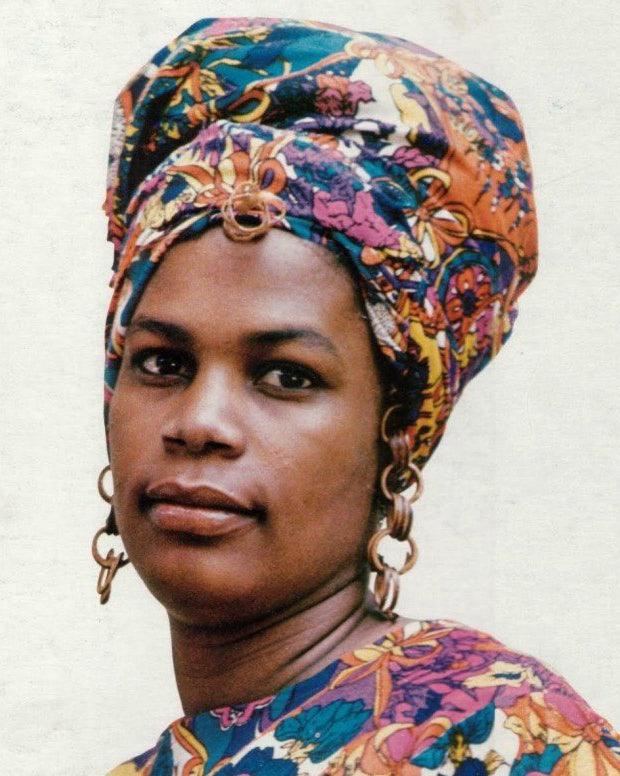HEAD WRAPS FOR...EVERYONE?
We’ve received many questions and comments about who is “allowed” to wear head wraps. As a Black owned business that deliberately celebrates Black women through the images on our site, many people understandably assume that the products we make are primarily for other Black women and no one else. And sometimes people go as far as to suggest that only women directly from West Africa can rock a head wrap and only according to strict cultural rules.
We believe the head wrap is for everyone, because it has always been for everyone.
For many centuries, women (and men) around the world have worn head wraps in numerous styles, with various fabrics, for many different reasons. Head wraps are worn for many reasons including religious, cultural and style expression.
// The word turban comes from Turkey, where in the 1200s, men would wear turbans to protect themselves from extreme weather. As Islam spread, they began to wear them for religious reasons as well.
// In Jamaica, the Nyabinghi Rastafarian women wear modest wraps to protect the power in their locs and to show respect for God.
In some cultures, head wraps are worn as a sign of maturity.
// In India, the Sikhs wear their first head wrap known as a pagris after a coming-of-age ceremony.
// The Wrap Life was inspired by West African expressions of head dress. Like so many other countries, head wraps in many parts of this region began as a necessity for navigating the weather. By the 1400s, as cultures of differing tribes and countries intermingled throughout Africa, the religious and style expressions of head wraps grew as well.
The gélé began when women would wear the leftover animal skins from hunts to make headbands. As fabric became more affordable, specifically wax fabric, which was inspired by Indonesian batik and manufactured by the Dutch, the gélé began its transformation into what we know today.
Many people in this culture do not wear their head wraps with western clothes, unless created with African fabric. Even still, on the fashion side of things, head wraps were seen as a form of expression. Women began to create all sorts of elaborate designs simply from pulling, wrapping and tucking until their experiments became a beautiful new creation atop their heads.
The United States has its own head wrap history. In 1786 in Louisiana, a law known as the Tignon Law, demanded that women of African descent, slave or free, should cover their hair and heads with a knotted headdress and refrain from "excessive attention to dress".
Tignon Law was enforced with the intention to shame women of color, suppress creative expression and diminish the threat to the social status of white women during that time.
Despite the law being meant as a way to stifle the Black woman’s beauty, those affected by the law used the head wrap to express their creativity and style.
Seeing as entertainment is the U.S.’s largest export, it seems fitting that the various manifestations of the headwrap were sparked by celebrities and other well known artists. During the surge in Black pride of the 1960s and 70s, many wore turbans/headwraps as a marker of their history.
Even the paisley bandana, made popular in the United States in the 1980s and 90s, is considered to be a form of head dress.
At The Wrap Life, we wear head wraps because they’re beautiful, they allow creative expression and many find them to be very convenient. Our goal is to have our customers use our products for whatever reason they feel, but overall to feel confident and beautiful. We are proud to support diversity and inclusion.
For centuries people around the world have created their own cultural meanings and intentions behind their headwraps and today we are free to do the same. Create your own history.




















I came across this looking for the cultures with a history of headwraps. My father’s family is from Cuba and I’ve seen pictures of relatives with gorgeous headwraps, but felt that I might not be ‘okay’ to wear them since I don’t appear mixed. Thank you for this inclusivity – I think these are beautiful items with such a deep history and I want to keep them alive and becoming a part of everyday dress.
I can’t thank you enough for making me feel like I can be included. <3